Buy the photo American bald eagle by Marian Bouthoorn on canvas, ArtFrame, poster and wallpaper, printed on demand in high quality.
About "American bald eagle"
by Marian Bouthoorn
About the artwork
The American bald eagle or white-faced sea eagle (Haliaeetus leucocephalus) is a bird of prey that breeds in Canada and the United States.
The bald eagle has been the symbol of America for thousands of years, beginning in 1782. The bald eagle stands for strength, but also as a leader of the air.
At the end of the twentieth century the bird was on the verge of extinction, but today the population has recovered to a stable level.
Adult American bald eagles are very large and powerful birds with distinctive yellow eyes and yellow bill, a white head and tail, and a dark brown body, which appears almost black. Although these birds do not acquire their adult plumage until their 5th year, they may still have a few dark spots on their head and tail for several years after that.
The plank-like wings have a wingspan of 178 to 229 cm. The body length is 79 to 94 cm and they weigh about 4.3 kg. The plumage alone weighs about 700 grams, which is twice as much as the skeleton. When they lose the flapping feathers it can take 2 to 3 years to replace them. They have a large head, neck and beak and legs with sharp claws.

About Marian Bouthoorn
 Netherlands
Netherlands Ordered in October 2022
Ordered in October 2022
 Netherlands
Netherlands Ordered in May 2021
Ordered in May 2021
 Germany
Germany Ordered in February 2022
Ordered in February 2022
 Germany
Germany Ordered in February 2023
Ordered in February 2023
 Germany
Germany Ordered in June 2022
Ordered in June 2022
 Netherlands
Netherlands Ordered in March 2023
Ordered in March 2023
 Netherlands
Netherlands Ordered in January 2025
Ordered in January 2025
 Netherlands
Netherlands Ordered in November 2021
Ordered in November 2021
 Netherlands
Netherlands Ordered in November 2021
Ordered in November 2021
 Germany
Germany Ordered in August 2019
Ordered in August 2019
 Germany
Germany Ordered in June 2019
Ordered in June 2019
 Netherlands
Netherlands Ordered in April 2018
Ordered in April 2018
About the material
ArtFrame™
Interchangeable Art Prints
- High-quality print
- Easily interchangeable
- Acoustic function
- Large sizes available
Discover the artworks of Marian Bouthoorn
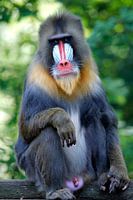 MandrillMarian Bouthoorn
MandrillMarian Bouthoorn AnemoneMarian Bouthoorn
AnemoneMarian Bouthoorn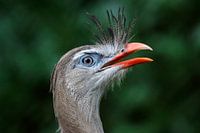 Crested SeriesMarian Bouthoorn
Crested SeriesMarian Bouthoorn old wall on SicilyMarian Bouthoorn
old wall on SicilyMarian Bouthoorn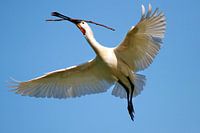 Spoonbill builds its nestMarian Bouthoorn
Spoonbill builds its nestMarian Bouthoorn Mating spoonbillsMarian Bouthoorn
Mating spoonbillsMarian Bouthoorn Cherry blossom, prunus in bloomMarian Bouthoorn
Cherry blossom, prunus in bloomMarian Bouthoorn Colorful MoroccoMarian Bouthoorn
Colorful MoroccoMarian Bouthoorn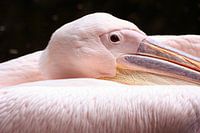 Pink PelicanMarian Bouthoorn
Pink PelicanMarian Bouthoorn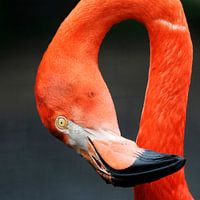 Red flamingoMarian Bouthoorn
Red flamingoMarian Bouthoorn Poems in the sand on VlielandMarian Bouthoorn
Poems in the sand on VlielandMarian Bouthoorn Crown crane showsMarian Bouthoorn
Crown crane showsMarian Bouthoorn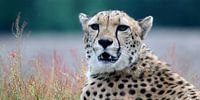 CheetahMarian Bouthoorn
CheetahMarian Bouthoorn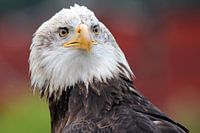 American bald eagleMarian Bouthoorn
American bald eagleMarian Bouthoorn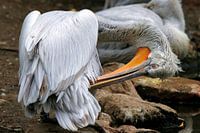 Crucian Pelican washes its feathersMarian Bouthoorn
Crucian Pelican washes its feathersMarian Bouthoorn StarlingMarian Bouthoorn
StarlingMarian Bouthoorn
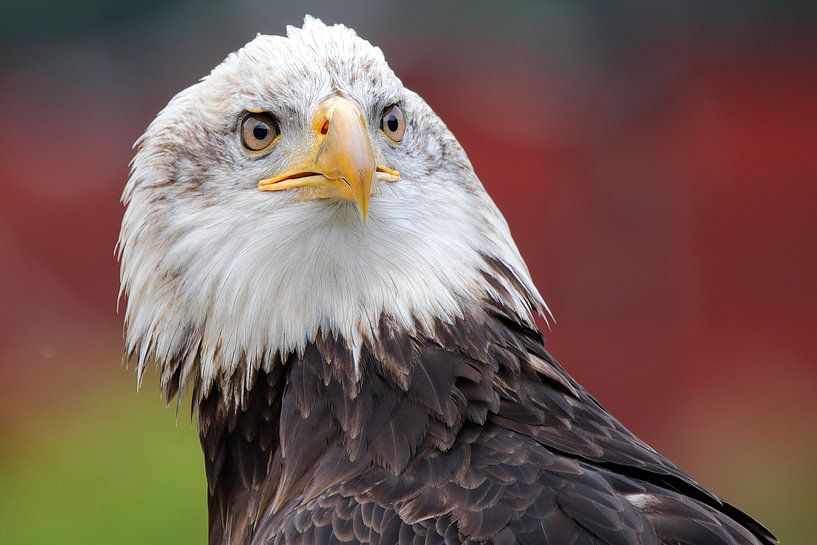







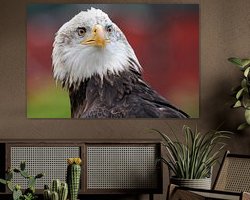




 Birds of prey
Birds of prey Eagle
Eagle Photo wallpaper
Photo wallpaper Photography
Photography Powerful Expression
Powerful Expression









